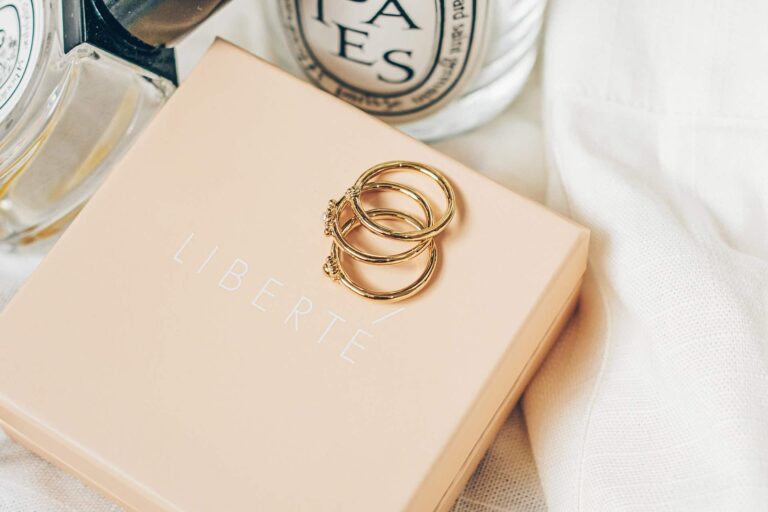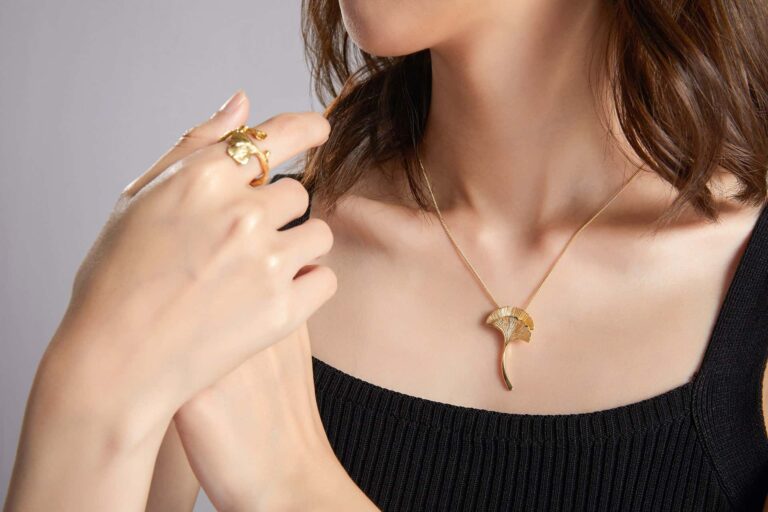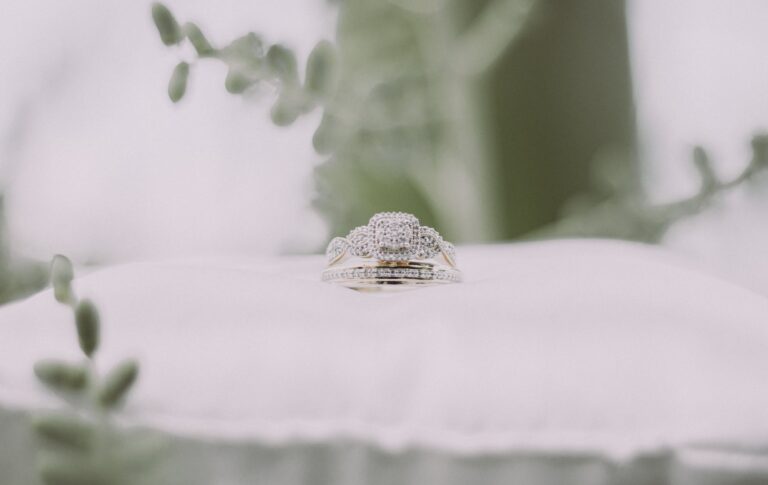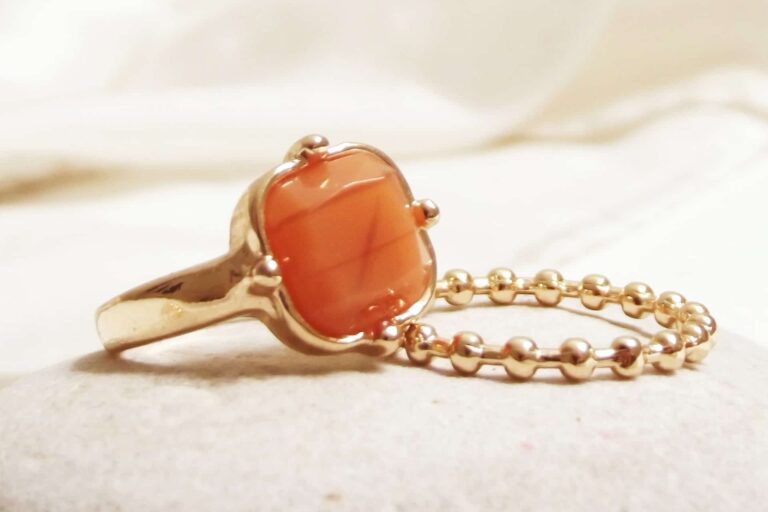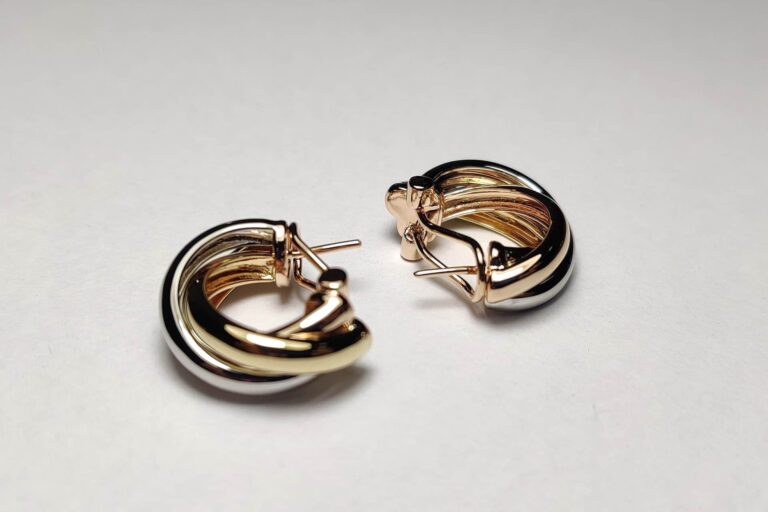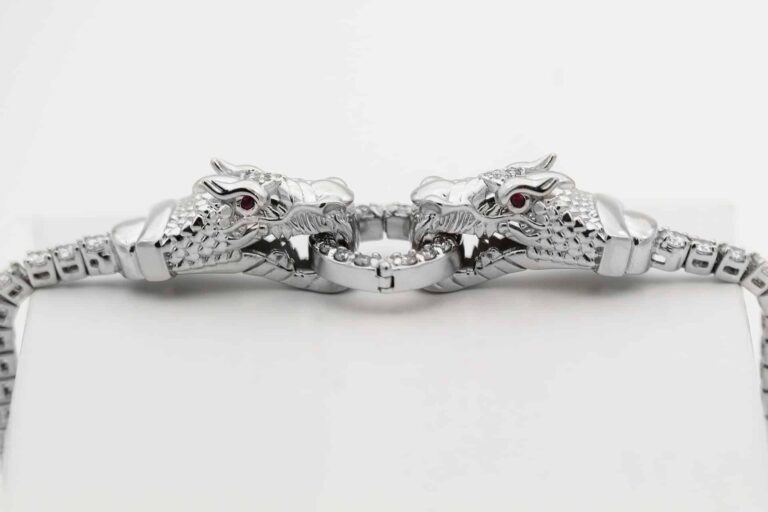How to tell the difference between genuine and fake jewelry?
There have been scenes in TV dramas where poor heroines wore fake jewelry and were ridiculed by rich girls. This kind of thing happens in real life. Wearing fake jewelry to meet people is really embarrassing! If you pay a high price to buy a fake, you will be really mad! I’ll teach you three tricks to identify the authenticity of various jewelry, learn it quickly!
Pearl is a kind of living jewelry, which is what makes it different from other jewelry. Pearls are the product of clams, because they swallow a lot of impurities when they eat or breathe, and these things stimulate their soft bodies. Because of the pain, they secrete calcium packaging, and then form pearls, so every pearl contains the contents of clams. Tears.
When purchasing pearls, you can use the following simple methods:
The first method is to gently scrape the surface of the pearl. This requires some professional knowledge. Real pearls are formed layer by layer, so the luster of the pearls is still so beautiful after scratching one layer. When we gently rub the surface, the sparkling pearls are real, while the fake ones are just surface polished and polished. There is no luster after opening.
The second method is to observe carefully. We observe with the naked eye. Fake pearls are mostly made from other raw materials and coated with a smooth film. So, if you look with the naked eye, we can see if there is membrane separation, but this requires experience.
The third method is to feel the temperature of the pearl. Since the pearls have been soaked in water before being picked off, the pearls themselves are relatively moist and feel cold to the touch, making it difficult to warm up when held in the hand. Artificial pearls will not have this feel.
Pearls that are round and flawless are more valuable, but perfect pearls are impossible to exist. Because they are natural products, most of them will have some flaws, which generally do not affect their appearance. If you see a pearl that is too perfect to be faulty, be careful because it is fake.
Three ways to identify the authenticity of jade jewelry:
At present, some stalls selling precious jade in the market often mix in some exquisitely processed human jade. The reliable ways to identify are: look, listen, and test.
Look, mainly look at the crystal transparency, real jade has strong transparency and oily luster;
Listen, the sound of real jade is clear and crisp, but the sound of real jade is dull;
In the test, real jade was scratched from the glass, leaving scratches on the glass, but the jade itself was not damaged at all.
Common fake jade include plastic, colored glass, marble (marble), electro-colored fake jade, synthetic jade made of jade powder and crystal with salt water, jade imitated with glass, etc. There are different methods of fake jade, and the methods of identification are also different. different. The texture of plastic is lighter and less hard than jade, and it is generally easier to identify. Tinted glass is also easy to distinguish. As long as you examine it under a light or sunlight, you will see a lot of bubbles in the glass.
“Glass Imitation Jade Products”
What is more difficult to distinguish is electro-colored fake jade. This refers to electroplating, which gives low-quality jade a beautiful emerald green appearance. It is easy to mistake it for real jade. At this time, you need to observe carefully. If there are some small green and blue cracks on it, it is fake jade. Synthetic jade made from jade powder, crystal and salt water is an imitation of dark old pit jade. The identification method is very simple, that is, they have different specific gravity. You can tell the authenticity by weighing them with your hands or weighing them with a scale.
Jade imitated with glass looks whiter and more translucent than jade. The ancients said: “If jade is as good as saltpeter, it must be high.” That is, white jade must be as high-end as saltpeter. It can be seen that it is difficult to distinguish between glass and jade. However, truth and falsehood are different after all.
In terms of color, the white color of white jade is often bluish-green, and pure white is rare, while glass is a pure white that is even and clean. As far as the nature of jade is concerned, jade is warm and delicate, like fat or ointment. Although glass is also warm and moist, it is inevitable that there are thieves in its luster.
In the current jade market, the prices of jade jewelry of the same material and specifications vary greatly. Ordinary citizens who lack jade knowledge often don’t know where to start when buying. In this regard, it is recommended that everyone should not be rash when purchasing jade products. Shop around and compare the workmanship, material, color, carving, etc.
At the same time, you must check the ID card of the jade product when purchasing to avoid paying high prices to buy back chemically treated low-end products. When purchasing, ordinary consumers should ask the merchant for a jade “ID card” (i.e., a jade jewelry appraisal certificate). The ID card can determine whether the jade you are interested in has been treated with strong acid. When buying high-end jade jewelry worth more than 10,000 yuan, it is best to check with the local quality inspection department to avoid being deceived.
“Jade and Jewelry Appraisal Reference Certificate”
When purchasing jade while traveling, you must be cautious and remember to avoid blind impulse. You must go to regular shopping malls and specialty stores to purchase jade.
Three ways to identify the authenticity of tourmaline:
Many people like tourmaline because of its colorful colors, not only beautiful appearance but also various functions. It can be said to be people’s “personal housekeeper”. However, there are also fake tourmalines on the market. The identification of tourmaline can be detected through its inherent characteristics:
- Tourmaline has a strong birefringence: If you look down from the table surface of the gemstone, you can see that the bottom edge of the tourmaline shows an obvious double shadow phenomenon – thus you can combine tourmaline with any color topaz, synthetic spinel, etc. differentiate;
- Tourmaline has strong dichroism: if it is a red tourmaline, it often shows red and pink dichroism; if it is a green tourmaline, it often shows green and light green dichroism – thus green tourmaline can be easily distinguished from Distinguish between green peridot, green glass, green garnet, etc.;
“True Tourmaline”
- Tourmaline is often cut into the shape of an emerald step. Therefore, some tubular wrappings or cotton wadding can often be seen in the direction parallel to the long side of the step. When observed in the direction parallel to the short side of the step, it is often found that its color becomes darker. This is Because tourmaline absorbs light differently in different directions – this property can be used to identify tourmaline and some synthetic imitations.
Three ways to identify the authenticity of jadeite:
Speaking of jade, Chinese people’s love for jade must have spread abroad. You have to be extra careful when buying jadeite. After all, the jadeite industry is well-established and it is easy to buy fake products that are adulterated with water!
The first move: look
Viewed with a magnifying glass, the acid-washed bracelet B has spiderweb-like acid-etched patterns on its surface. Natural jadeite has no acid-etched texture.
“Acid-etched reticulation pattern on B-grade jadeite”
There is another material on the market that is often used to pass off as jade. Its commercial name is Malay Jade, but it is actually dyed quartzite. You don’t need a magnifying glass, just look at the light and you can see that the colors inside are distributed in a “loofah-like” shape.
Under the irradiation of ultraviolet light, natural jade cannot fluoresce, while B-grade jade will have very obvious fluorescence. But now there are some high-end fakes that cannot be seen using ultraviolet light.
The second move: touch
During the touch process, natural jadeite has a glassy feel, while glue-injected B-grade jadeite has a waxy feel.
Step Three: Listen
Suspend the bracelet from a piece of string and tap gently with another bracelet. The sound of natural jade is crisp, while the sound of B-grade jade is dull and turbid.
Three ways to identify the authenticity of diamonds:
Diamonds should be the most popular jewelry now. Their crystal clear fire is often inseparable from pure love. When choosing diamond jewelry, it is of course best if you have professional identification tools, but usually consumers do not have them. Under this condition, some tips that can be identified with the naked eye are very necessary. The following three simple and easy-to-operate methods are shared with you. I hope they can be helpful to you before consumption.
- Line identification
The internal refractive index of standard-cut diamonds is very high, and almost no light can pass through the pavilion of the diamond to the table. Therefore, place the bottom of the diamond vertically on a piece of white paper, and draw a black pencil line on the white paper, vertically through the table. There are no black lines visible, but in diamond imitations with a lower refractive index, such as zircon, curved black lines can be seen. - Breath identification
Diamonds have a large thermal conductivity, so we take a breath at diamonds. If the water vapor on the surface of the diamond dissipates quickly, it is a real diamond. If the water vapor on the surface dissipates slowly, the diamond may be an imitation. However, this method is affected by the size and temperature of the diamond and has many limitations in its use.
“Breathe for diamonds”
- Water drop identification
Clean and wipe the diamond clean to make sure there is no grease on its surface. Then, put small water droplets on the diamond. If the water droplets can stay on the diamond for a long time, then it is a real diamond. If the water droplets disperse immediately, it may be an imitation diamond.
Three ways to identify the authenticity of beeswax:
In recent years, beeswax has become a leader in the collection market. A string of beads may cost thousands of yuan, and some even cost tens of thousands of yuan. Precisely because of the high price of beeswax, its authenticity has become unclear. For those of you who are collectors, today I will teach you three tricks to easily distinguish between real and fake beeswax! - There are still certain differences between plastic and beeswax. For example, a bracelet made of plastic will appear to be cheaper than beeswax on the surface, and will appear shiny under natural light.
- Beeswax is a type of amber, so some common amber identification methods can also be used to identify beeswax, such as weighing it with your hands. Both beeswax and amber are relatively light and will not be very heavy. I feel that counterfeit products made of glass or jade will be heavier and particularly icy, while amber beeswax is mild in both winter and summer.
- The difference between beeswax and plastic can also be seen under natural light. Although beeswax is called opaque amber, even if it is opaque, it will show different colors under natural light and have a special brightness. The better the beeswax, the glossier it is. Plastic, on the other hand, only has its own inherent color under any light.
“Real beeswax fluoresces under purple light”
Shakespeare told the truth: Jewelry is silent, but it can move people’s hearts better than any words. Both women and men have certain preferences for jewelry. Authenticity and fakeness in the jewelry market also affects the hearts of jewelry lovers. Master the identification skills so that you will not suffer a loss!

